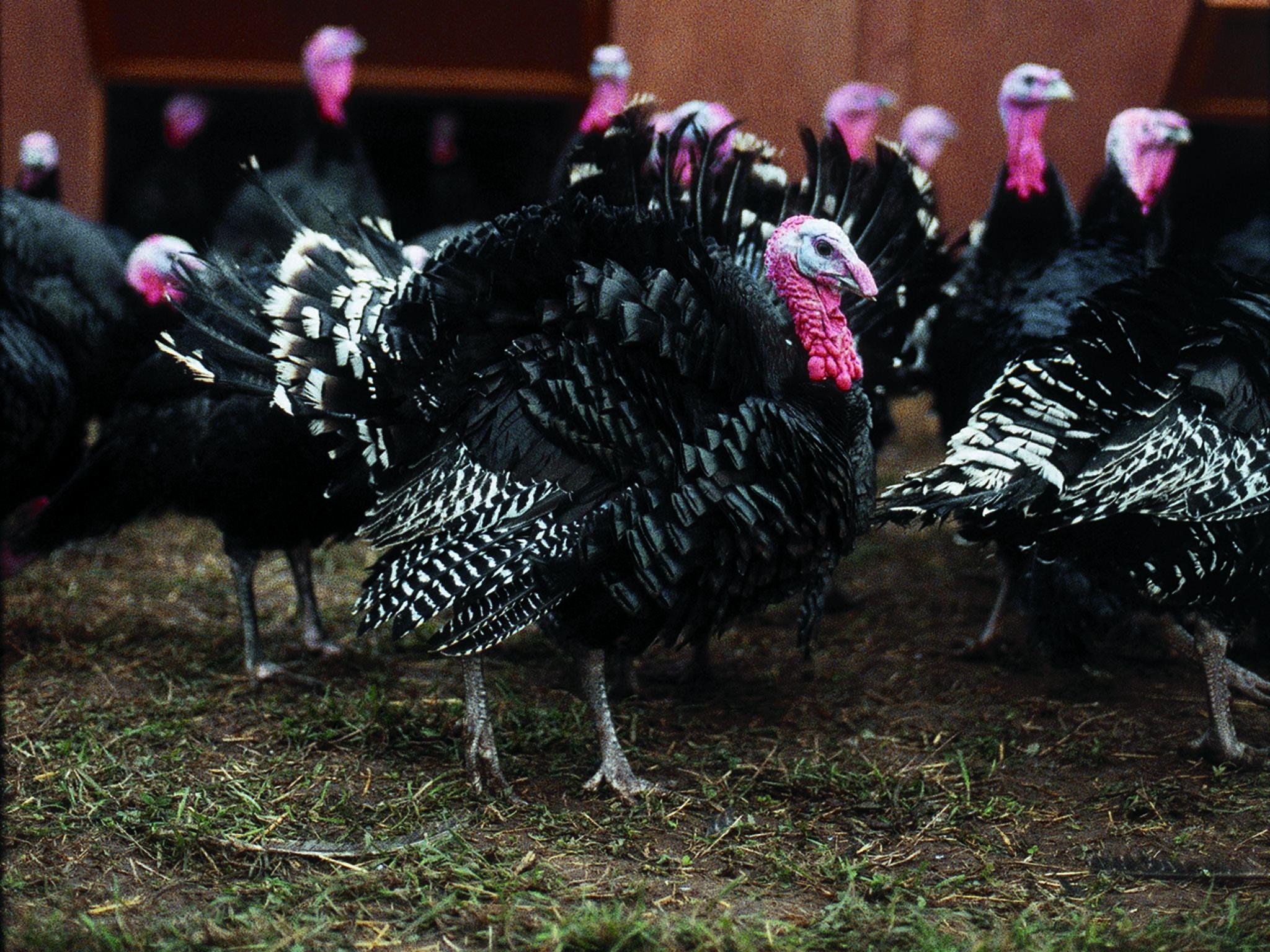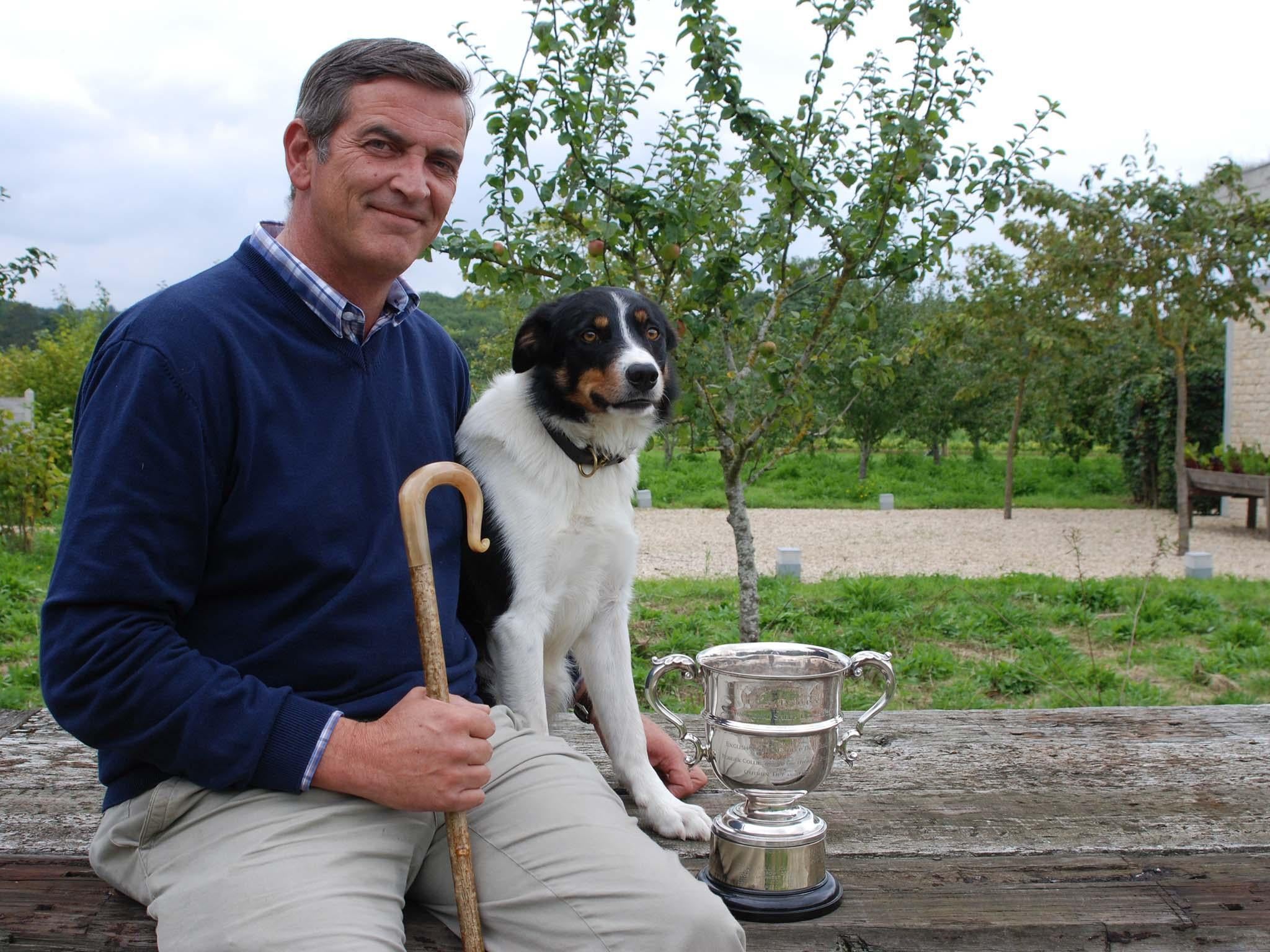10 things you didn't know about turkeys
For most of us, turkeys are the main event at our Christmas lunch. Apart from that – and that they gobble – we know little else. Organic turkey farmer Richard Smith sheds some light

1. What’s in a name?
Female turkeys are called hens, male turkeys are stags and baby turkeys are called poults until they are five weeks old.
2. Snood in the hood
The red fleshy bits hanging off turkeys’ beaks are called “snoods”, not to be confused with wattles, the fleshy bits under the neck. When a male turkey is strutting and feels amorous, the snood engorges with blood and extends to hang down over the beak.

3. Free to roam
Organic is more than free range. Under Soil Association standards, organic turkeys live in much smaller flocks, which means they have better access to grass and air and more space in their houses. This allows them to exhibit their natural behaviours, foraging for food and strutting around, stretching their legs and ruffling their feathers, which in turn reduces stress and behaviour such as feather pecking.
4. You old bird
Organic turkeys tend to be breeds that are slower growing and more robust. This puts less strain on their bodies, and allows them to develop strong bones and muscles. Their life is usually almost twice as long as that of an intensively reared bird.
5. Don’t “raffle” their feathers
The collective noun for a group of turkeys is a “raffle”, or “rafter”.
6. No routine antibiotics
Antibiotic resistance is a looming human health crisis and the overuse of antibiotics in farming is contributing to this. Organic turkeys are never routinely treated with antibiotics, and are only treated when they are actually ill.
7. Turkeys love trees
Turkeys originate as forest dwellers; they perch and roost in trees at night, build nests in the bases of trees. They feel most comfortable in an environment with natural cover and varying heights of habitat, to provide interest and security from predators. They are highly motivated to forage, so providing a habitat which encourages them to do this is important.
8. Turkeys, not Turkey
Turkeys originally come from Mexico. When the Spanish first found the bird more than 400 years ago and brought it back to Europe, the English mistakenly thought it was a bird they called a “turkey” which came through the country Turkey, so they gave it the same name. The name stuck even when they realised the birds weren't the same.
9. 500 years of turkey-tude
Turkeys are believed to have first been brought to Britain in 1526 by Yorkshireman William Strickland. He acquired six birds from American Indian traders on his travels, and sold them for tuppence in Bristol.
10. Sights and sounds
Turkeys do not have ears like ours, but have very good hearing. Turkeys can see in colour, although they do not see well at night.
Richard Smith works for Daylesford Organic Farm who are organically certified by the Soil Association
Join our commenting forum
Join thought-provoking conversations, follow other Independent readers and see their replies
Comments